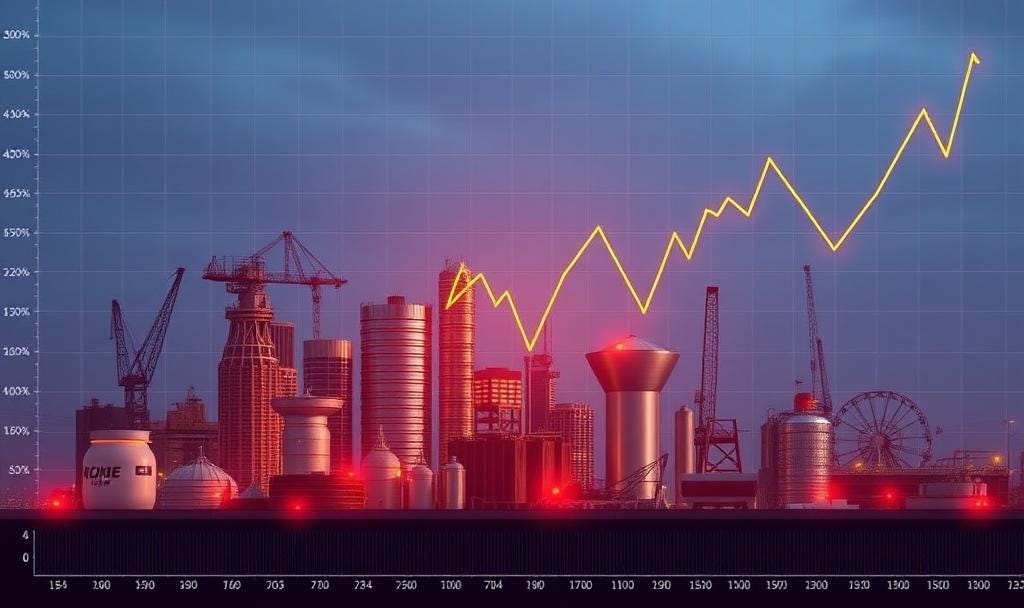Beyond Skewness: Tail Asymmetry as a Commodity Signal
Evidence from the IE Measure
Building on last week’s post, which showed that past realized skewness predicts commodity returns, this article continues in the commodity space. It studies a distribution-based measure of return asymmetry, IE, originally proposed in the equity literature and subsequently shown to predict the cross-section of commodity futures.
IE captures the difference between the empirical probabilities of extreme positive and extreme negative daily returns over a rolling window. I review the measure’s background and related research, outline the construction of IE portfolios, test the signal on commodity futures, and provide robustness checks.
The core result is that going long low-IE commodities and short high-IE commodities delivers economically and statistically meaningful returns. In other words, going long commodities whose return asymmetry is tilted toward the downside, and short those tilted toward the upside, generates Sharpe ratios of roughly 0.5 after costs.



